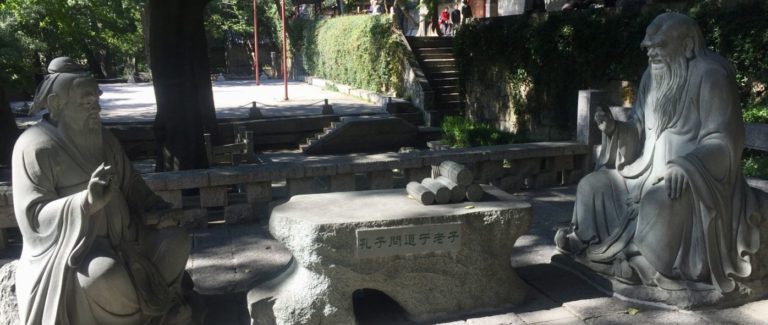Let’s digress for a while from the historic to the spiritual. Much of Japanese culture is centered around Shinto and Buddhist beliefs. It would be important to have some grounding in both before arriving. There are interesting parallels between the two belief systems. Both focus on the here and now of this lifetime, as opposed to any concern about afterlife. They are both oriented to the natural spirits and energies of Nature, as opposed to divine beings. The practice of each is done on a very personal level.

The Shinto spirituality appears to be born and bred in Japan. At its core is a universal force called “Kami”. This force transcends and includes all things. All things have their own kami, including people, mountains, plants, even ancestors, which means that Kami connects its believers to their whole families and surroundings. While Kami is everywhere and in all things, it is particularly strong in some locations, many of which now have temples. For instance, Mt Fuji is a famous locale for Kami, worshipped from a nearby temple. Some of the numerous titles available as introductions to Shinto include: Shinto the Kami Way, The Essence of Shinto: Japan’s Spiritual Heart
, and Shinto: A celebration of Life
.
Buddha lived in India near the end of the fifth century BC. His teachings and beliefs followed the Silk Road into China roughly in the second century CE. They took strong hold in the royal court of China during the Tang Dynasty of the seventh century CE. This is also the time it was introduced in Japan. The specific practice of Zen Buddhism arrived in the early thirteenth century CE, during the Kamakura shogunate, where it was adopted by the Shogun and became a prevalent belief system. While Buddhism is generally associated with teachers and “schools”, Zen Buddhism is a personal, meditative version of the same quest for enlightenment. Zen temples are places for personal contemplation. The great lessons are embodied in the phrases, “Nothing lasts. Nothing is finished. Nothing is perfect.” Check out Meeting the buddha: On Pilgrimage in Buddhist India and The Great Transformation: The Beginning of Our Religious Traditions
for introductions to Buddhism and its relation to the other significant world philosophies. For background on the Japanese Zen experience, pick up The Zen Experience (A Plume book)
. To give it a shot yourself, check out Buddha in Blue Jeans: An Extremely Short Simple Zen Guide to Sitting Quietly
.








